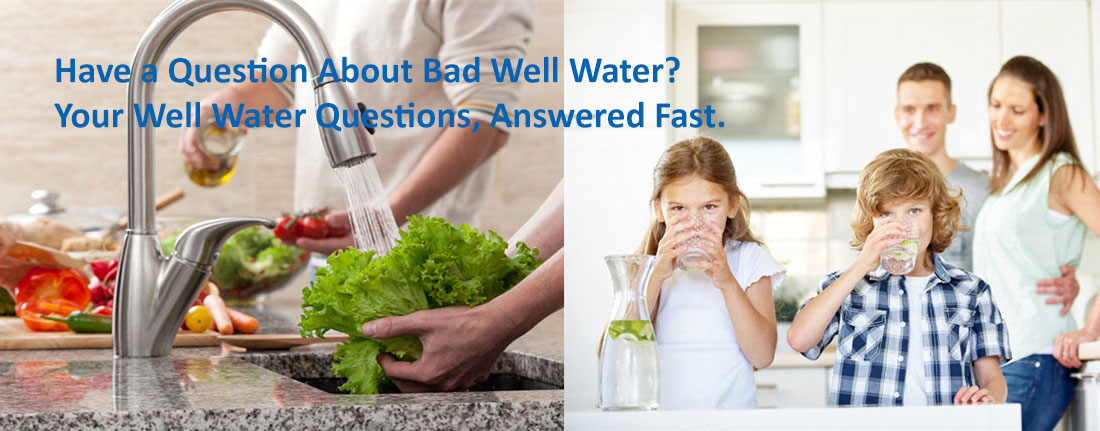Hello,
I am on a community system, can I chlorinate just the water entering my home?
Susan D.
I am on a community system, can I chlorinate just the water entering my home?
Susan D.
Susan,
You can chlorinate the water entering your home with a proportional feed chlorinator and a contact tank.
A proportional chlorinator will inject a small amount of chlorine into your water depending on the rate at which it flows, and the contact tank will ensure the chlorine has enough time to mix with your water and kill any bacteria present. We also recommend installing a carbon filter after your chlorinator to remove any lingering chlorine tastes or odors from your water, though this is not required.
Chlorination and the Stenner Pump Chlorinator System
 |
| Stenner 45MHP10 Pump and 15 Gallon Solution Tank |
Chlorine is a low cost and safe method of eliminating odors and bacteria, and it works great in oxidizing iron, manganese and other contaminants in water so they can be filtered out.
Although there are other ways to eliminate microorganisms and odors in water, chlorination is the most commonly used because it is low cost and effective. Often combined with filtration, chlorination is an excellent and cost-effective way to disinfect drinking water supplies, eliminate odors, and oxidize iron and other metals.
The chlorinator can be adjusted to keep chlorine levels very low in the household (similar to city water), or a low-cost carbon filter can be installed to remove any trace of chlorine tastes and odors.
Proportional Chlorinator and Water Meter
The Stenner PCM control and pulse water meter allow the Stenner chlorinator pump to pump more or less chlorine based on the flow rate or speed of the water. A proportional-feed system allows the chlorinator to be installed after a well pressure tank, for instance on the pipe leading to the entrance of a house or business.
 |
| Stenner Pump Control Module |
The proportional feed chlorinator uses a simple water meter with flow sensor to sense the speed of the water, which then controls the metering pump to inject more or less chlorine into the water depending on how fast the water is being used. If no water is flowing, no chlorine will be injected. As soon as water is flowing, a precise amount of chlorine is injected into the water. The system is easily adjusted so that the desired chlorine residual is achieved.
Contact Tank
Contact tanks provide optimal contact time after chlorine, soda ash, peroxide or other water treatment grade chemicals have been injected into water. You'll use less solution with a contact tank, and it will be more thoroughly mixed and dissolved in your water.
 |
| WellMate Contact Tank |
Our WellMate Contact Tanks are made of a seamless inner shell of molded polyethylene and are impact and corrosion resistant. The tanks are high quality NSF/ANSI 61 certified tanks for drinking water. Inlet and outlet connections are 1-1/4” but can be reduced to 1” or ¾” if needed.
Carbon Backwash Filter Systems
Our carbon backwash filter systems remove chlorine, tastes, and odors at exceptionally high flow rates with little or no pressure drop. Unlike expensive carbon filter cartridges, the carbon backwash filter systems use a bed of high grade activated to carbon to filter out chlorine, chemicals and sediment. This means you won't need to change any filters, since the carbon is backwashed and rinsed clean automatically, nor will you experience problems with pressure drop from clogged filters. The carbon media typically lasts for 3 - 5 years and is easy to dump out and change. Save hundreds of dollars over expensive filter cartridges and enjoy great flow rates with little or no maintenance required.
Finally, see the illustration below for an idea of how these systems might typically be installed:
 |
| Click to enlarge |
